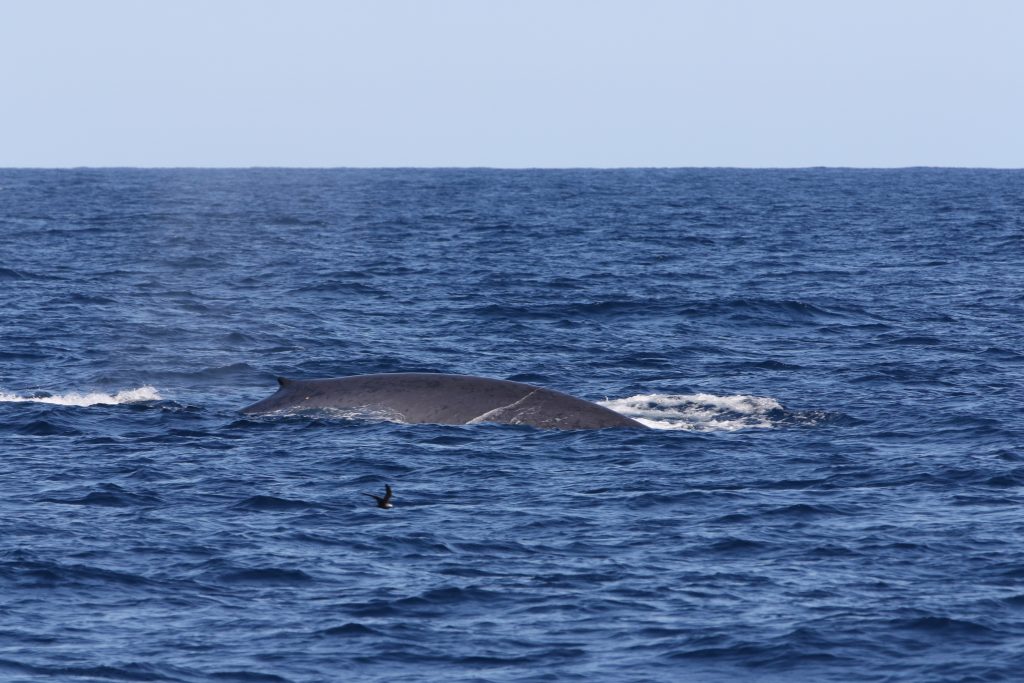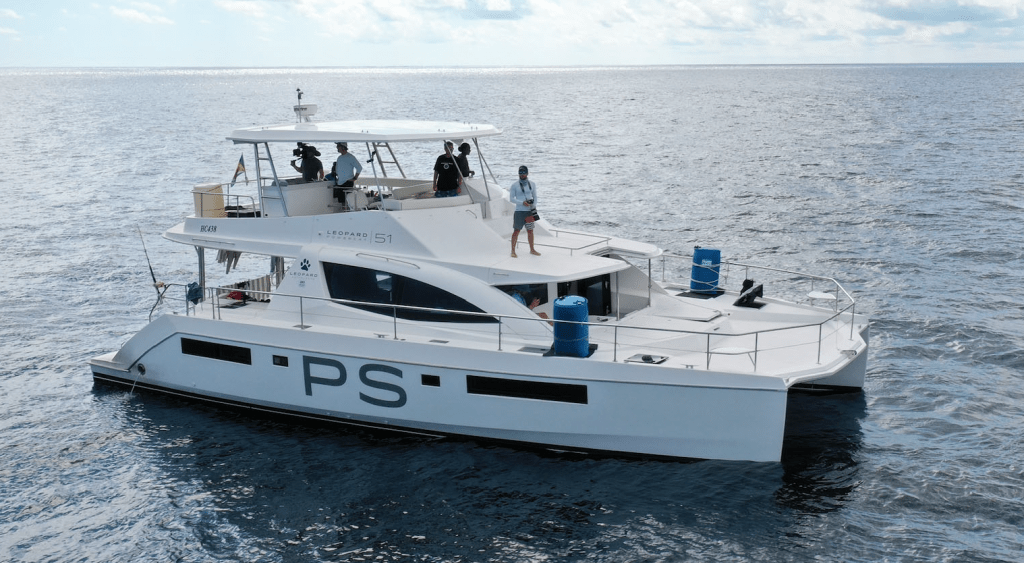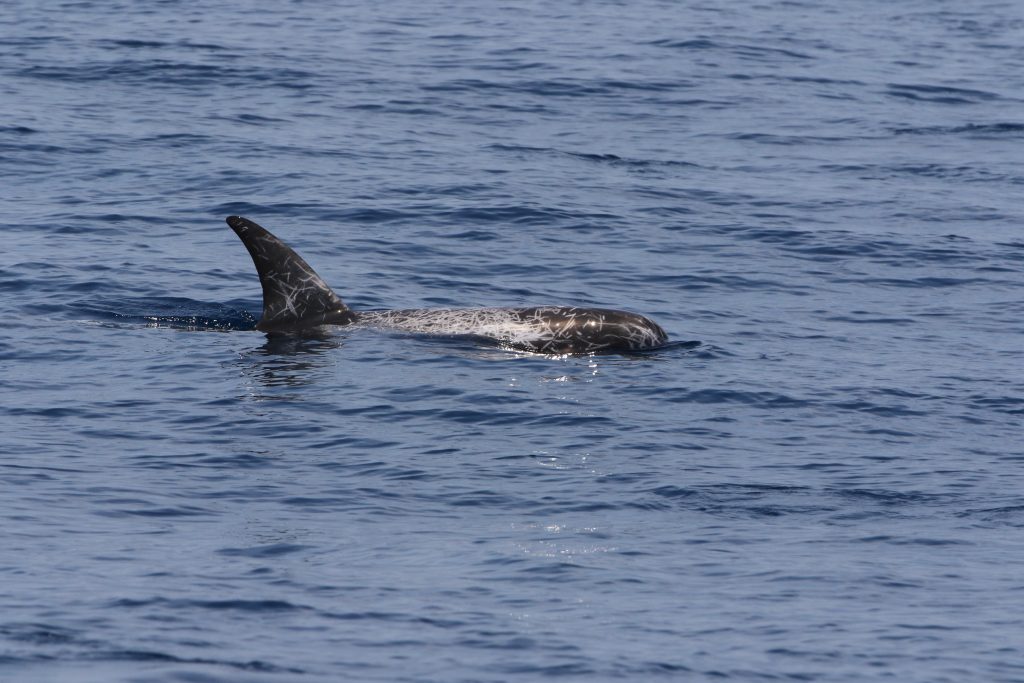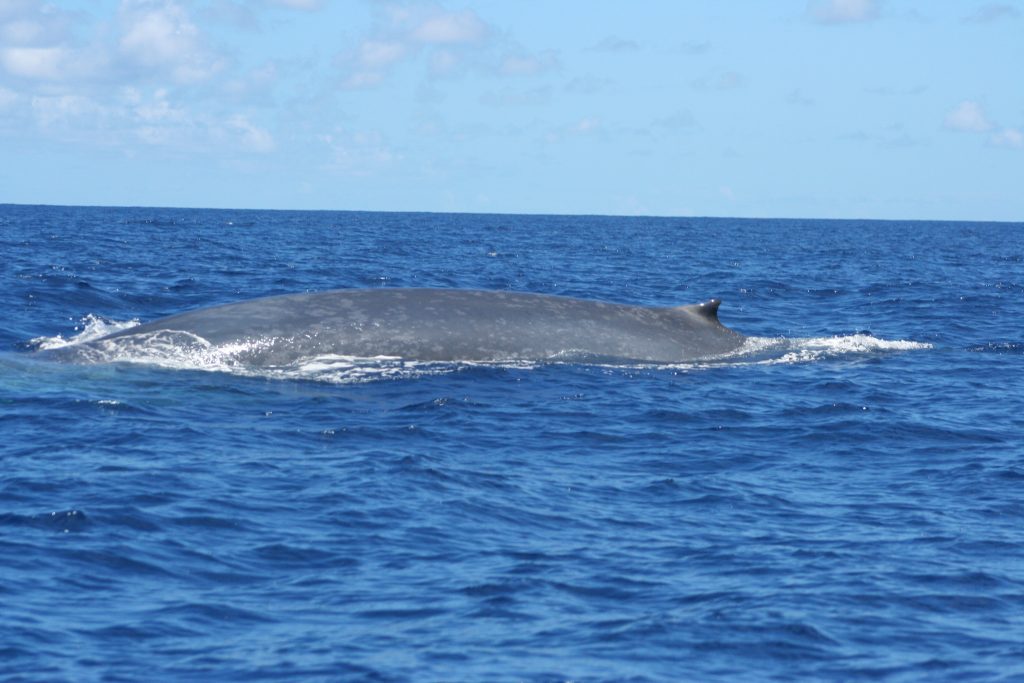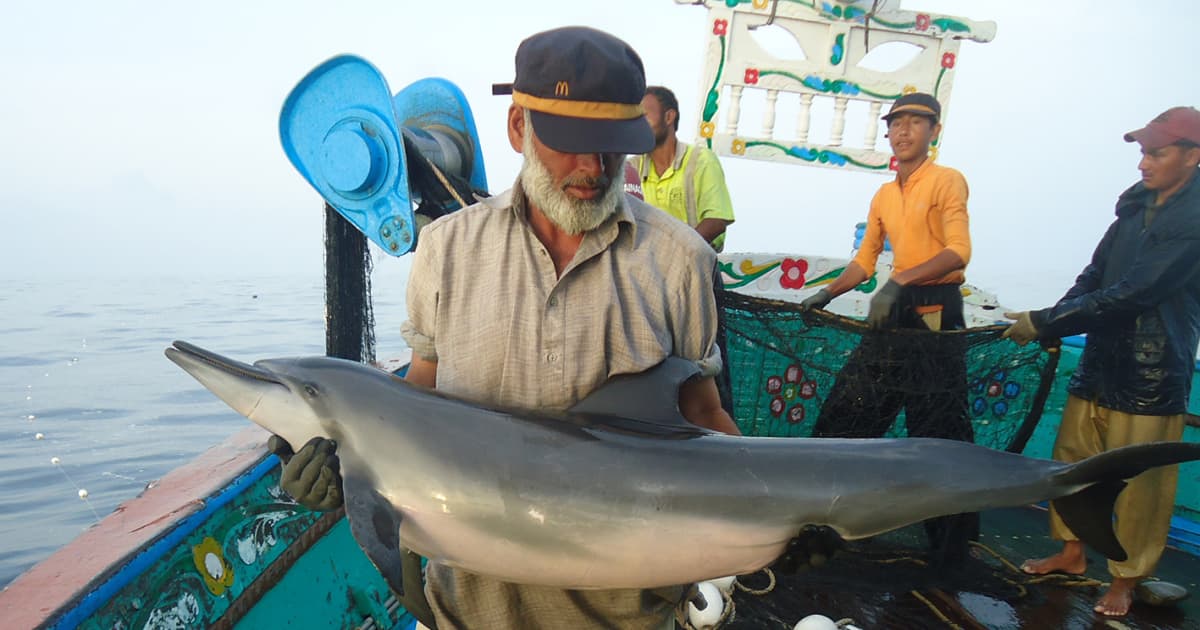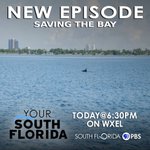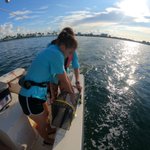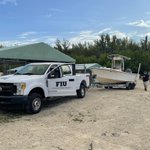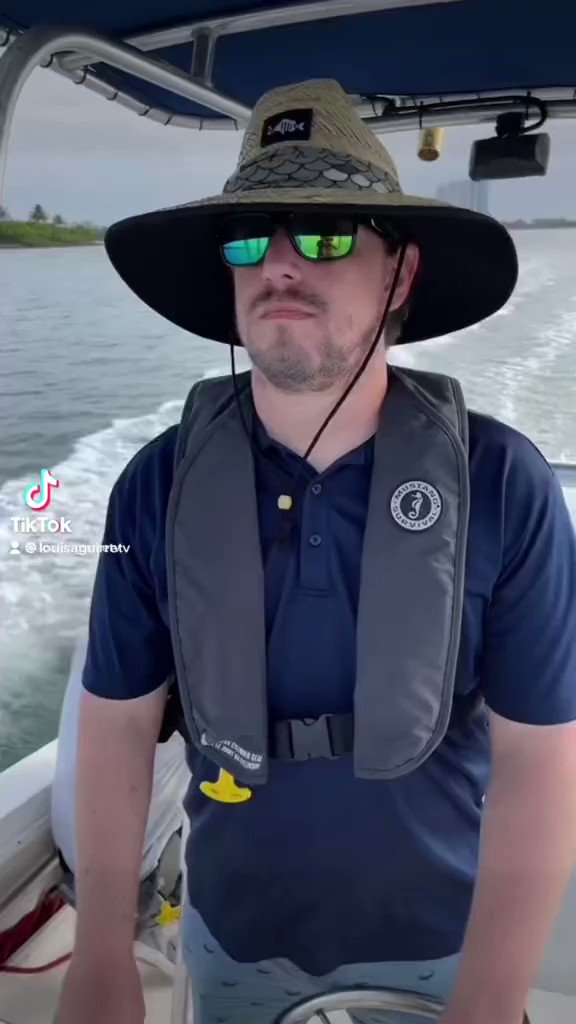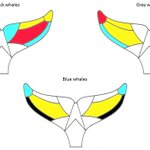In the open ocean, island archipelagos are often characterized by steep underwater slopes that can generate local oceanographic processes (including upwellings) promoting nutrient mobilization, primary production, and the formation of plankton aggregations.
Tropical upwelling regions are also associated with high fisheries productivity that sustain higher trophic level species such as tuna, elasmobranchs, and cetaceans.
Species
Blue whale (Balaenoptera musculus)
Partners
University of Seychelles, Save our Seas Foundation, WWF Australia, Conservation International, Marine Mammal Program (Oregon State University), University of Washington
This project, initiated in 2020, investigates the occurrence, relative abundance, and habitat preferences of blue whales and other cetaceans in the Seychelles.
We study the ecology, movements and behavior of blue whales and other cetaceans in the tropical waters of the Seychelles
In the western tropical Indian Ocean, the Seychelles is characterized by a high abundance and diversity of whales and dolphins. Past aerial surveys carried out throughout the southwestern Indian Ocean have shown that cetacean densities are the highest around the Seychelles, with a high species diversity. The archipelago used to be a major whaling ground, particularly for Soviet whalers during the 20th Century. However, no dedicated research has been carried out to understand the ecological importance of this region for endangered cetaceans, particularly blue whales or any other cetaceans, although the Seychelles proposed the establishment of the Indian Ocean Whale Sanctuary in 1979 whereby the International Whaling Commission has banned all types of commercial whaling.
This project, initiated in 2020, investigates the occurrence, relative abundance, and habitat preferences of blue whales and other cetaceans in the Seychelles. Using satellite telemetry, we also investigate the movements and habitat use of blue whales and other large cetaceans in relation to oceanographic conditions. Since cetaceans are acoustic animals, we also use passive acoustic methods to record the sounds of whales and dolphins (which are species-specific and therefore identifiably to species) and the ambient noise. We have deployed several hydrophones all year round to examine the occurrence, species and subspecies identity, and relative abundance of cetaceans in the northern part of the Seychelles.
